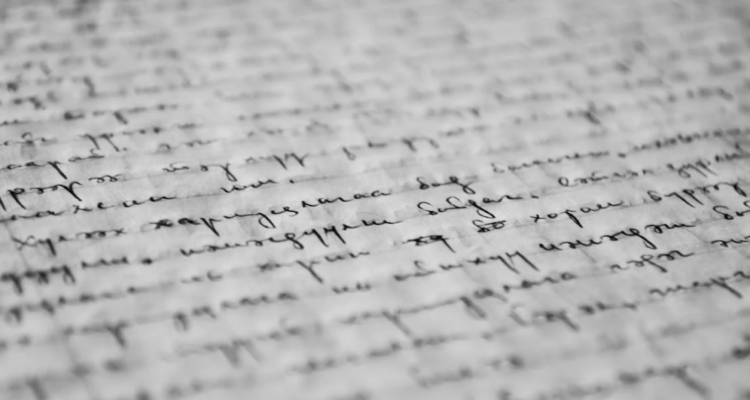“God gave Noah the rainbow sign,
No more water, the fire next time!”
“The Fire Next Time,” by James Baldwin, was published in 1963 and comprises two essays. The first essay is a letter Baldwin wrote to his nephew, his namesake, titled, “My Dungeon Shook: Letter to My Nephew on the One Hundredth Anniversary of the Emancipation,” being of course, that Lincoln’s Emancipation Proclamation went into effect on Jan. 1, 1863.
Baldwin’s letter to his nephew is deeply personal and will reside with everyone who, being an older sibling or parent, has raised and protected their young one but knows, unfortunately, what the child will have to endure in the years to come; this is particularly true for African-Americans, women and all persons of color.
The second essay in “The Fire Next Time” is titled, “Down at the Cross: Letter from a Region in My Mind,” and makes up most of the book, and was initially published in “The New Yorker” on Nov. 9, 1962. In late 1962, not only was the Civil Rights Movement finally capturing national attention as the Montgomery Bus Boycott took place six years before and the Little Rock Nine only five years before, but the emergence of Martin Luther King Jr. as a national figure was only a year away with the publication of “Letter from Birmingham Jail”. Most importantly, for Harlem and James Bladwin, Malcolm X and the Nation of Islam movement were truly breaking through.
“Down at the Cross” is broken up into three sections. In the first sentence of the first section, Baldwin writes, “I underwent, during the summer that I became fourteen, a prolonged religious crisis.” In this opening section, the reader vicariously experiences the changes Baldwin saw happening around Harlem in his late adolescence, with his friends choosing one path, the girls his age choosing another and him trying to find his own.
Most important of all in this section, Baldwin establishes, in the reader’s mind, the forces pulling him every which way, both toward the Church and toward “The Avenue,” where pimps and dealers operate. As Baldwin continues to unravel his history we feel a portion of the tension within him, and we feel it is a miracle that anyone could make it out of Harlem alive.
We soon arrive at the second section. After introducing the Nation of Islam, its impact on the African-Americans of Harlem, and the movement’s then-leader, the Honorable Elijah Muhammad, Baldwin tells the story of having dinner in Elijah Muhammad’s “stately mansion” in the South Side of Chicago. In the third section, Baldwin tells of his concerns about the Nation of Islam’s efforts, the practicalities of their aim, along with his thoughts on “the problem of the color line,” as DuBois puts it, in the United States and the world.
“The Fire Next Time,” as revealed by its title, is really a collection of essays concerning love and the end of the world. By 1962, enough nuclear weapons had been amassed to destroy all forms of life, many times over and the problem of the color line was seeming more like an incoming deluge, rather than something, as John F. Kennedy had seen it, that would pass over soon.
As Baldwin writes of African Americans, “They are very well placed indeed to precipitate chaos and ring down the curtain on the American dream” (Baldwin, 88). Baldwin makes the point of criticizing both the doctrine of the Nation of Islam and the American Nazi Party, in saying that one race regarding another as intrinsically inferior always leads to brutality and murder and he has plenty of evidence to support this just from the common knowledge of lynchings and the Holocaust.
Baldwin’s writing, however, is not only threatening, callous and irate, as it is often characterized as being, because Baldwin also has some of the most profound thoughts on the problem of the color line that you are likely to find in American letters. The relationship between white people and how they interpret their whiteness, with African-Americans, and how they are made to interpret their blackness, is deeply and relentlessly explored.
With the inclusion of “My Dungeon Shook” at the beginning and “Down at the Cross” at the end, “The Fire Next Time” is a collection of essays that shows the reader a personal case whilst outlining a national problem.


Leave a Reply